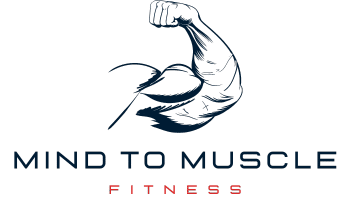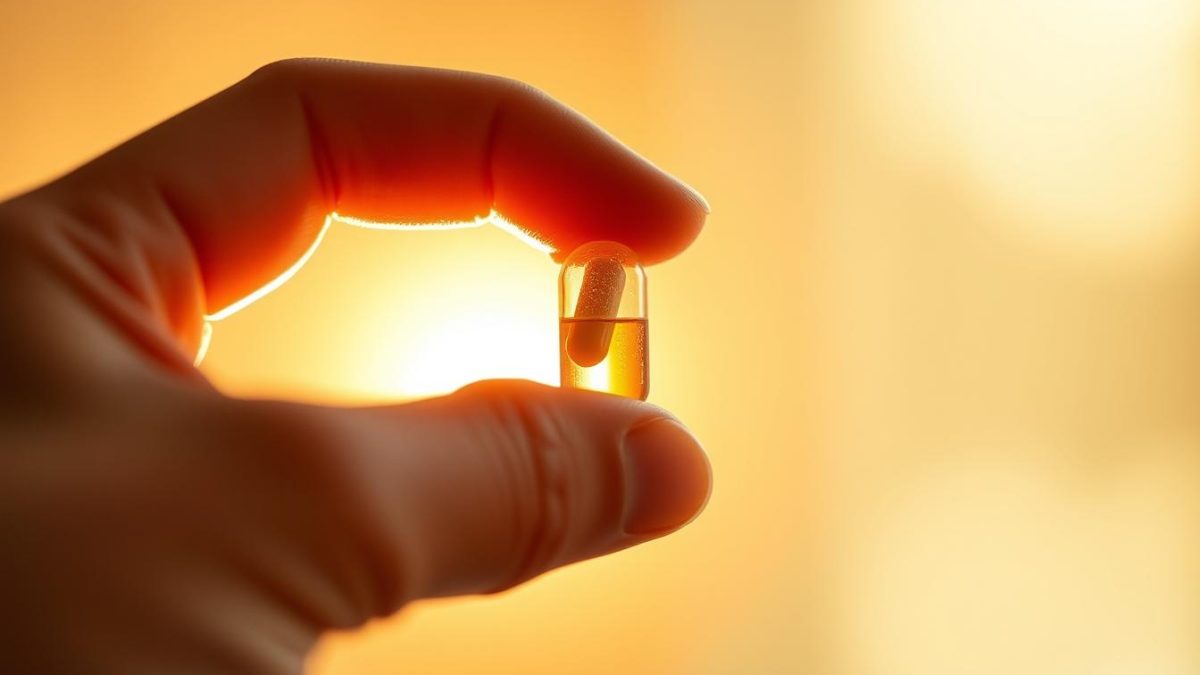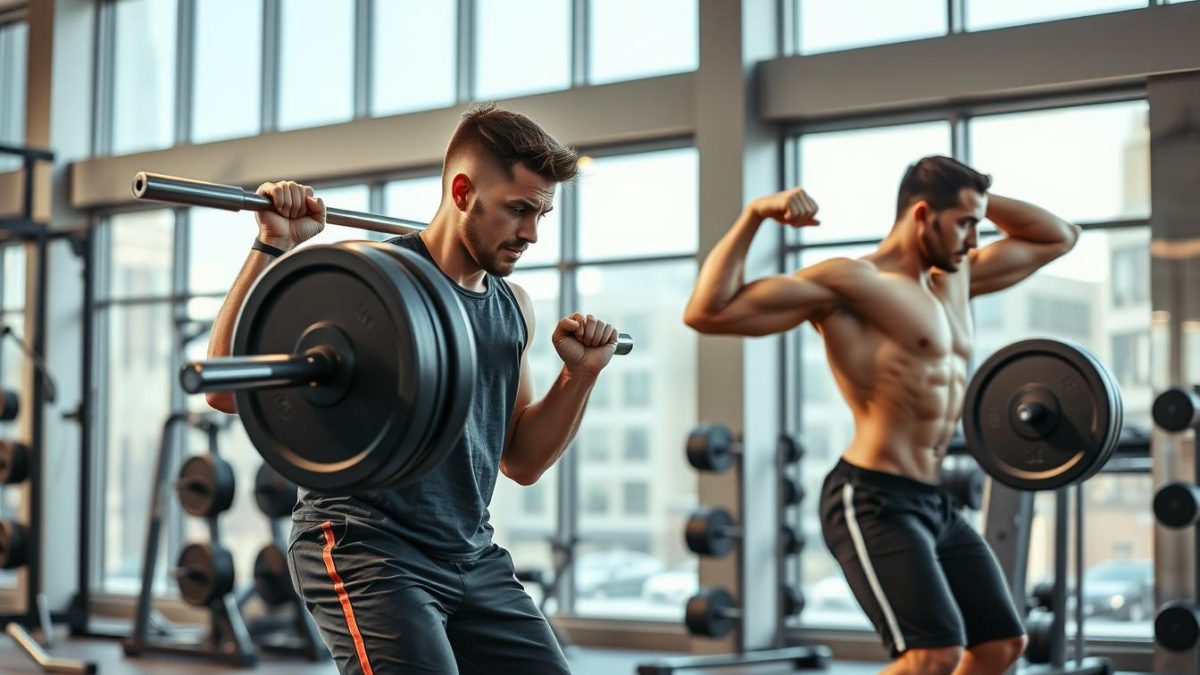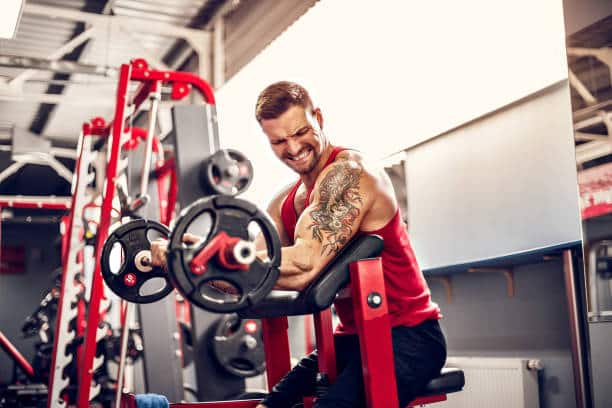
Sculpt Your Peaks: Top Long Head Bicep Exercises
Did you know that focusing on long head bicep exercises can make your arms look up to 20% larger? It’s not just about appearance; targeting the long head of the biceps brachii can significantly enhance your upper body strength and improve your arm workouts. Many people overlook this crucial aspect of muscle building, which can lead to imbalanced development and missed potential.
I’m passionate about bicep development because I’ve seen how it transforms not only your look but also your overall strength. Whether you’re aiming for impressive bicep peaks or looking to enhance your muscle-building routine, incorporating long head bicep exercises is essential.
Join me as I guide you through everything you need to know, from understanding the anatomy to executing effective exercises for sculpted peaks.
Why Focus on Long Head Bicep Exercises?
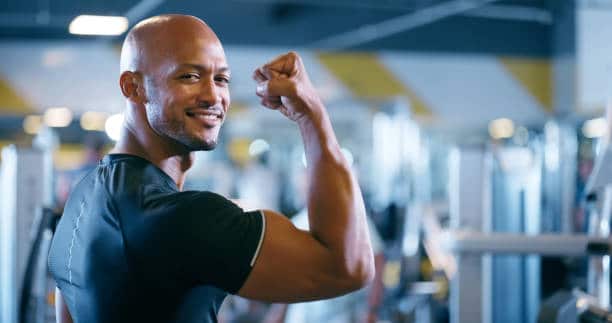
Many gym-goers strive for a well-defined bicep peak, and emphasizing the long head of the biceps is key to achieving this. Understanding bicep anatomy helps us target specific muscles more effectively, leading to impressive muscle growth and a more defined arm appearance.
Focusing on long head bicep exercises is crucial not just for developing a noticeable peak but also for ensuring balanced growth across all arm muscles. This targeted approach promotes even development, reducing the risk of injuries and ensuring both heads of the bicep grow proportionally. Balanced muscle development is essential for both aesthetics and functionality.
The benefits of concentrating on long head bicep exercises go beyond looks. Improving the function of your biceps enhances your ability to perform daily activities and strength training exercises more efficiently. Targeted workouts that focus on the long head can significantly boost overall athletic performance and endurance.
Incorporating these specialized exercises into your workout routine is essential for achieving your muscle-building goals, whether you’re aiming for muscle hypertrophy, balanced arm development, or overall arm definition. For those dedicated to strength training, focusing on long-head bicep exercises offers numerous benefits that are hard to overlook.
Getting Started: Basic Anatomy of the Biceps
Understanding the fundamental structure of the biceps is crucial before beginning any successful exercises. You may target the bicep long head and bicep short head muscles more efficiently throughout your workouts if you understand how they work. These two distinct bicep regions play different functions in different arm movements.
Understanding the Long Head
The scapula is the starting point of the bicep long head, which extends outward down the arm. It creates the bicep’s apex and is essential for stabilizing the shoulder and bending the elbow. The lengthy head gives the arm muscles their intended, sculpted appearance by contributing greatly to their overall appearance.
The Role of the Short Head
On the other hand, the bicep short head originates from a different part of the scapula and runs along the inner side of the arm. It primarily contributes to the thickness of the bicep and plays a key role in elbow flexion and forearm supination. Training both the long head and the short head of the biceps ensures balanced development, promoting both symmetry and optimal muscle function.
Here’s a closer look at the distinct characteristics and functions of the bicep long head and short head to give you a clearer understanding:
| Characteristic | Bicep Long Head | Bicep Short Head |
|---|---|---|
| Origin | Scapula (outer side) | Scapula (inner side) |
| Primary Function | Elbow flexion, shoulder stabilization | Elbow flexion, forearm supination |
| Contribution to Bicep Shape | Peak of the bicep | Thickness of the bicep |
The Importance of a Proper Warm-Up

Any successful exercise program must include warming up. Before beginning any bicep workouts, it’s important to comprehend the need for a proper warm-up and how to do it correctly.
Why Warm-Up Matters
A proper warm-up is crucial for optimizing workout performance as well as preventing injuries. Stretching dynamically before an exercise session raises blood flow, warmth in the muscles, and suppleness. When taken as a whole, these elements enhance your performance and lower your chance of spraining your muscles.
Effective Warm-Up Routine
Targeting the muscles you’ll be working on particularly is important for an effective warm-up program. Exercises that promote blood flow and flexibility are best for your biceps. This is a suggested regimen:
- Arm Circles: Do two sets of 15 repetitions in both directions to enhance shoulder mobility.
- Dynamic Stretching: Incorporate movements like arm swings to prepare the muscles for exertion.
- Light Dumbbell Curls: Use light weights for 2 sets of 10 reps to activate the biceps gently.
By doing this warm-up, you’ll improve your safety and workout efficiency by avoiding injuries and making sure you’re prepared for a successful workout. Never forget that planning is the key to a successful workout.
Top Long Head Bicep Exercises to Try
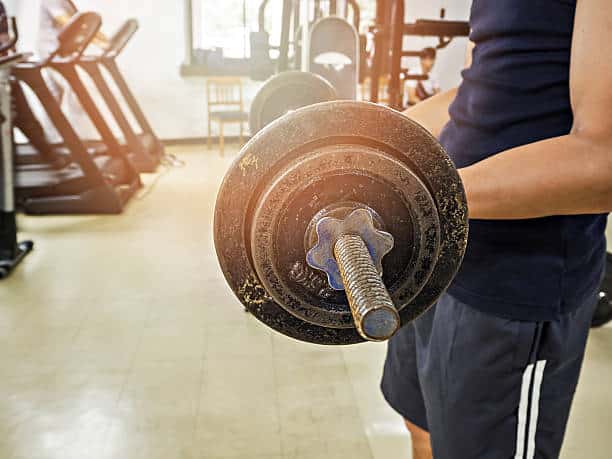
Concentrating on the long head is essential if your goal is to develop remarkable peaks in your biceps. For the best possible muscle growth, include these top bicep isolation exercises in your strength training program. To maximize your benefits, let’s explore the correct form and approaches for each exercise.
Standing Barbell Curl
A common exercise for building total arm strength and targeting the long head of the bicep is the standing barbell curl. Start by holding a barbell shoulder-width apart in an underhand grip. Contract your biceps to curl the barbell upward, keeping your elbows close to your torso. Aim to maintain perfect form by neither swinging nor rocking. This workout promotes peak development in addition to mass gain.
Incline Dumbbell Curl
The incline dumbbell curl is an additional useful technique for activating the long head. Position yourself on a 45-degree slanted bench. With a neutral grip, hold a dumbbell in each hand and stretch your arms fully. Remember to isolate the activity in your biceps and maintain a firm elbow position when curling the dumbbells. This exercise maximizes tension and strain, which promotes muscular hypertrophy.
Hammer Curl
The hammer curl is a powerful compound movement that targets both the long head of the biceps and the forearms. Begin by holding dumbbells with a neutral grip, meaning your palms face each other. Curl the weights up while keeping this neutral grip throughout the movement. This position allows for a greater load, which can enhance muscle growth and strength. By incorporating hammer curls into your routine, you’ll improve overall arm thickness and functionality.
To achieve the best results, make sure to focus on maintaining proper form throughout the exercise. Including hammer curls in your workout regimen will lead to noticeable gains in your bicep development and overall arm strength.
FAQ
What are some effective bicep peak exercises?
Effective bicep peak exercises include the Standing Barbell Curl, Incline Dumbbell Curl, and Hammer Curl. These moves specifically target the long head of the biceps, which is essential for achieving well-defined bicep peaks. By adding these exercises to your arm workout routine, you’ll enhance upper body strength and support muscle growth. Incorporating these targeted exercises will help you build impressive bicep peaks and improve overall arm development. For the best results, it’s important to focus on controlled movements and proper form during each exercise, ensuring maximum engagement of the bicep muscles. Additionally, progression is key—gradually increasing weights or reps over time will keep your muscles challenged and growing. By following these top bicep peak workout tips, you’ll maximize your gains and achieve the sculpted arms you’re aiming for.
Why should I focus on long head bicep exercises?
Focusing on long head bicep exercises is key to developing the coveted bicep peak. The long head plays a crucial role in shaping and balancing the arm muscles, contributing significantly to the overall appearance. Targeting this area can lead to improved muscle hypertrophy, better arm muscle balance, and enhanced functional strength in your biceps brachii.
Can you explain the basic anatomy of the biceps?
The biceps consist of two heads: the long head and the short head. The long head starts from the shoulder blade and extends down the arm, playing a key role in shaping the bicep peak. Meanwhile, the short head, located on the inner side of the biceps, contributes to overall arm muscle balance and strength. Understanding this anatomy is crucial for choosing targeted workouts that enhance both the appearance and functionality of your arms.
Why is warming up important before bicep exercises?
Warming up is essential for injury prevention and prepping your muscles for exercise. A good warm-up boosts blood flow, enhances flexibility, and makes your workouts more effective. For bicep workouts, incorporating dynamic stretches and exercises that simulate the movements you’ll be doing can be especially beneficial. This approach not only prepares your muscles but also helps improve your overall performance and reduce the risk of injuries.
What is an effective warm-up routine for bicep workouts?
An effective warm-up routine for bicep workouts should include dynamic stretching, light cardio, and specific exercises such as arm circles, lightweight bicep curls, and resistance band exercises. This combination prepares your muscles for the workout, boosts performance, and helps reduce the risk of injury. Incorporating these elements into your warm-up ensures that your biceps are ready for action and that you’re set for a productive and safe workout session.
What is the proper form for a Standing Barbell Curl?
Standing barbell curls are performed by keeping your elbows close to your body, standing straight with your feet shoulder-width apart, gripping the barbell with an underhand grip, and curling the weights while tensing your biceps. Make sure that only your forearms move and your upper arms stay still. Breathe out when you raise the barbell and in when you bring it back down to the beginning position.
How does the Incline Dumbbell Curl target the long head of the biceps?
By positioning your arms behind your body, the Incline Dumbbell Curl increases the stretch and range of motion on the long head of the biceps. To complete the workout, lay back with a dumbbell in each hand, adjust an incline bench to a 30- to 45-degree inclination, and curl the weights while maintaining a stationary upper torso. This promotes peak development and increases muscular growth.
What are the benefits of Hammer Curls?
Hammer curls provide many advantages, including a better forearm and long head bicep development. For this exercise, curl the weights while maintaining a neutral grip (palms facing each other) on the dumbbells. It helps develop arm growth and strength by focusing on the brachialis muscle, which makes it a valuable component of a well-rounded and effective arm workout.
